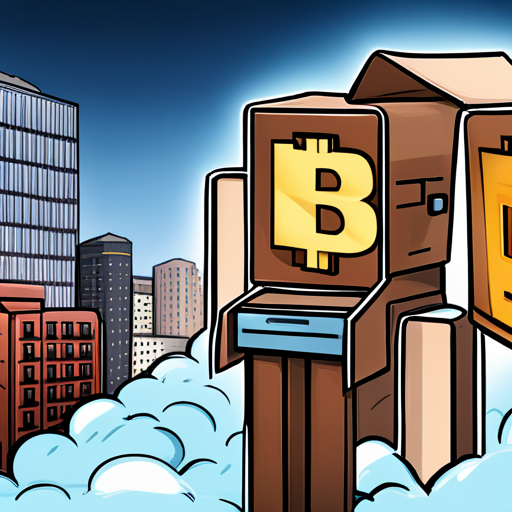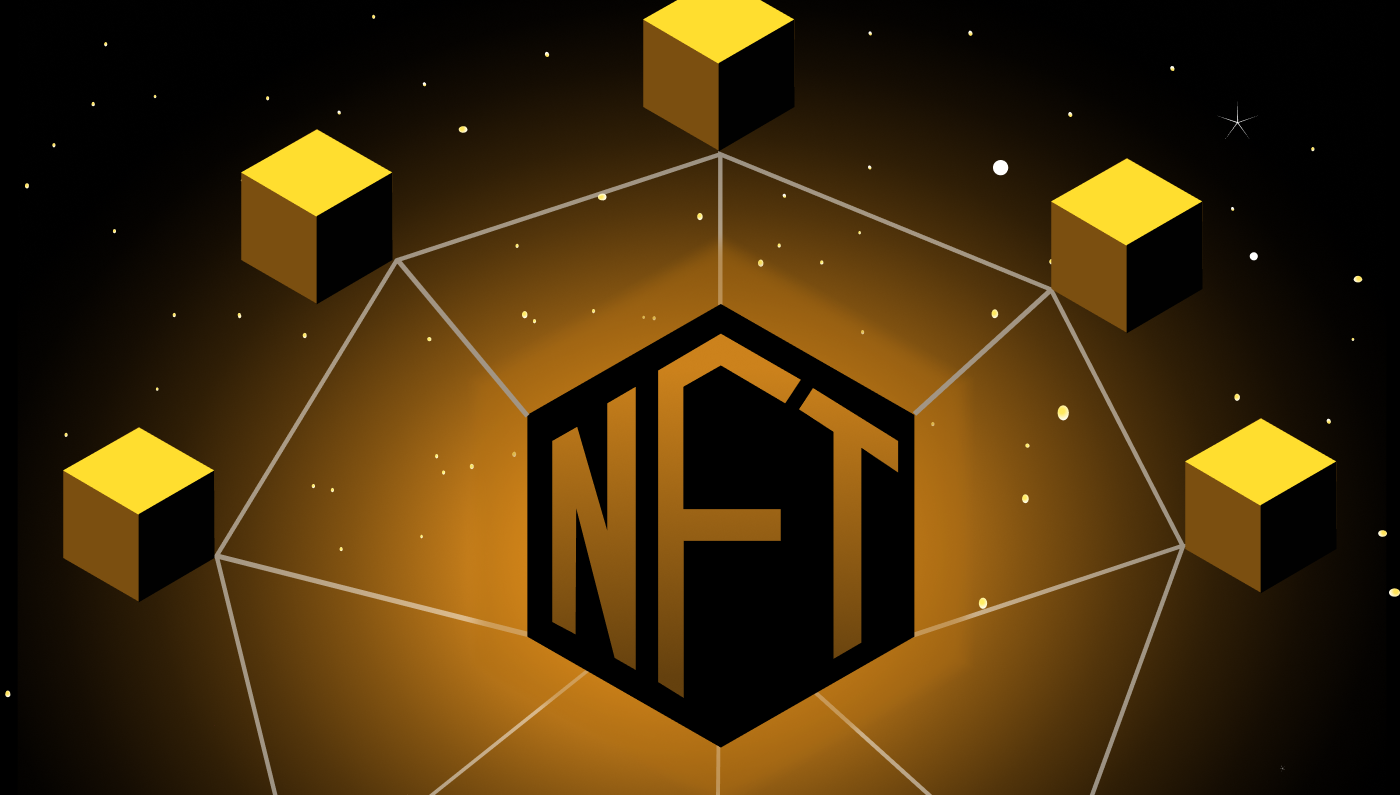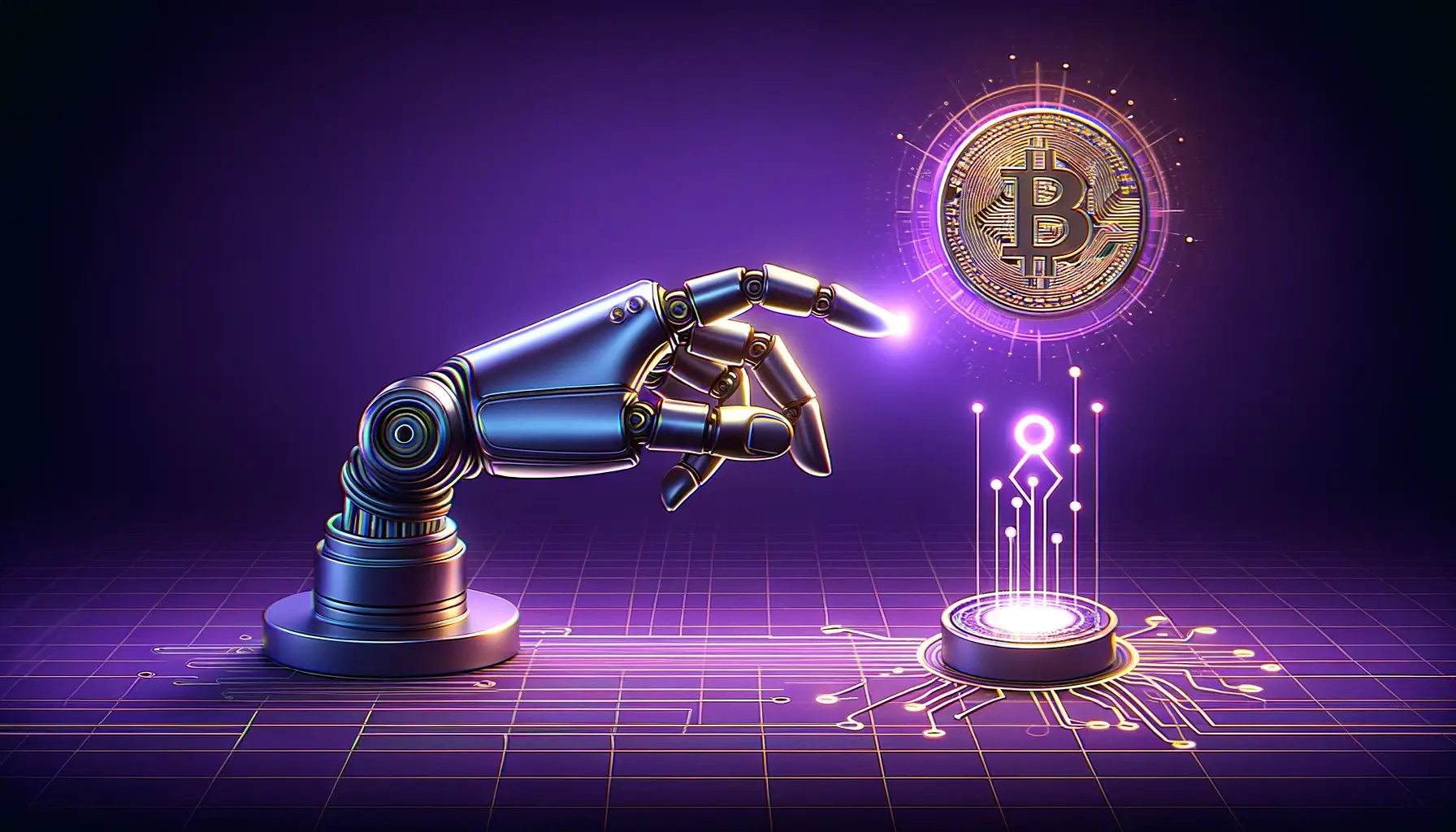

What Is Web3 and How Will It Evolve in 2023?
Web3 is the latest stage in the evolution of the internet. This decentralized model of services is set to revolutionize a wide variety of areas in the blockchain arena, ranging from security to sustainability. In this article, we will explore what Web3 is and how it is expected to evolve in 2023.
What Is Web3?
Web3 is a term used to describe the third generation of the World Wide Web, which is also referred to as the decentralized web. While the first generation of the web (Web 1.0) was primarily focused on static web pages and the second generation (Web 2.0) emphasized user-generated content and social networking, Web 3 is characterized by a focus on decentralization, security, and privacy.

Web3 is built on top of blockchain technology and aims to create a more open, transparent, and secure internet. It enables peer-to-peer interactions without the need for intermediaries, which has the potential to disrupt traditional business models and create new opportunities for innovation.
One of the key features of Web3 is the use of decentralized applications (dApps), which are built on blockchain networks such as Ethereum. These dApps are designed to be more secure, transparent, and resistant to censorship than traditional web applications.
Web3 also includes the use of cryptocurrencies and decentralized finance (DeFi) protocols, which allow for secure, peer-to-peer financial transactions without the need for intermediaries like banks or financial institutions.
Web3 represents a shift towards a more decentralized, user-controlled internet that prioritizes security, privacy, and transparency.
What Are Some of the Major Web3 Trends to Look Out for in 2023?
From a focus on increased regulation and greater sustainability in the blockchain to the expansion of NFT utilities, and the use of Artificial Intelligence, Web3 is developing and evolving at an exceptional rate. Here are just a few of the trends in Web3 development to look forward to in 2023:
Increased Regulation
2023 is likely to see increased government regulatory intervention in the Web3 domain. In the ongoing aftermath of the FTX collapse, there is going to be tighter regulation of centralized crypto exchanges, and more legal enforceability of smart contracts, as well as greater efforts to strengthen community governance of decentralized financial services.
A powerful new Web3 audit mechanism is known as Proof of Reserves. It uses blockchain technologies to offer a secure means of auditing a crypto company without exposing any private user data. The process is completed by a third-party auditor and verifies collateralization, confirming that exchanges have the reserves to cover user capital and support liquidity.
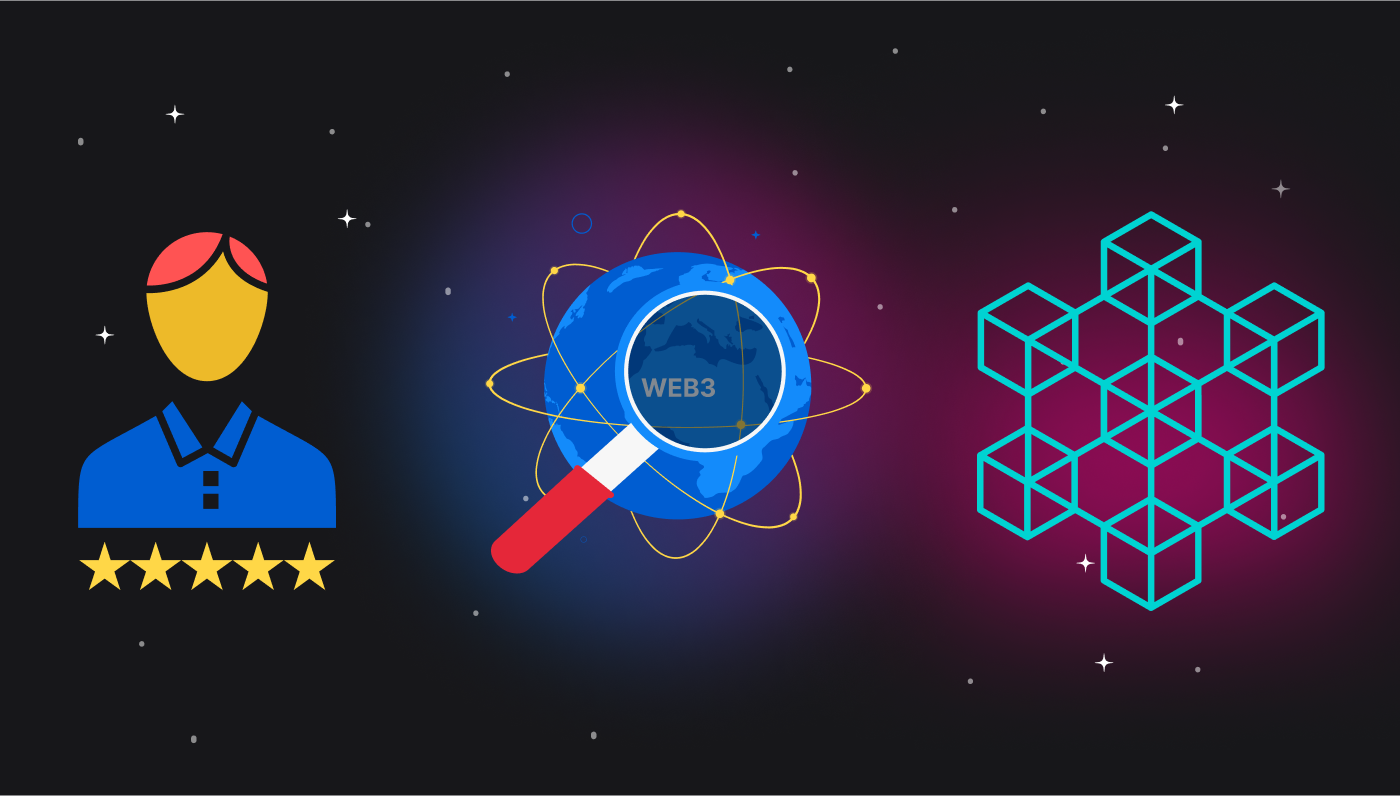
Utility-based NFT’s
Non-fungible tokens, (NFTs), are representations of non-interchangeable cryptographic assets on the blockchain. They verify the ownership and authenticity of the unique digital assets, and to date, they have been most popular as in-game items and digital artworks.
With the expansion of Web3, we can expect NFT’s to certify ownership of an increasing array of digital products, in music, fashion, and many other areas, both physically, in the real world, and virtually, in the metaverse.
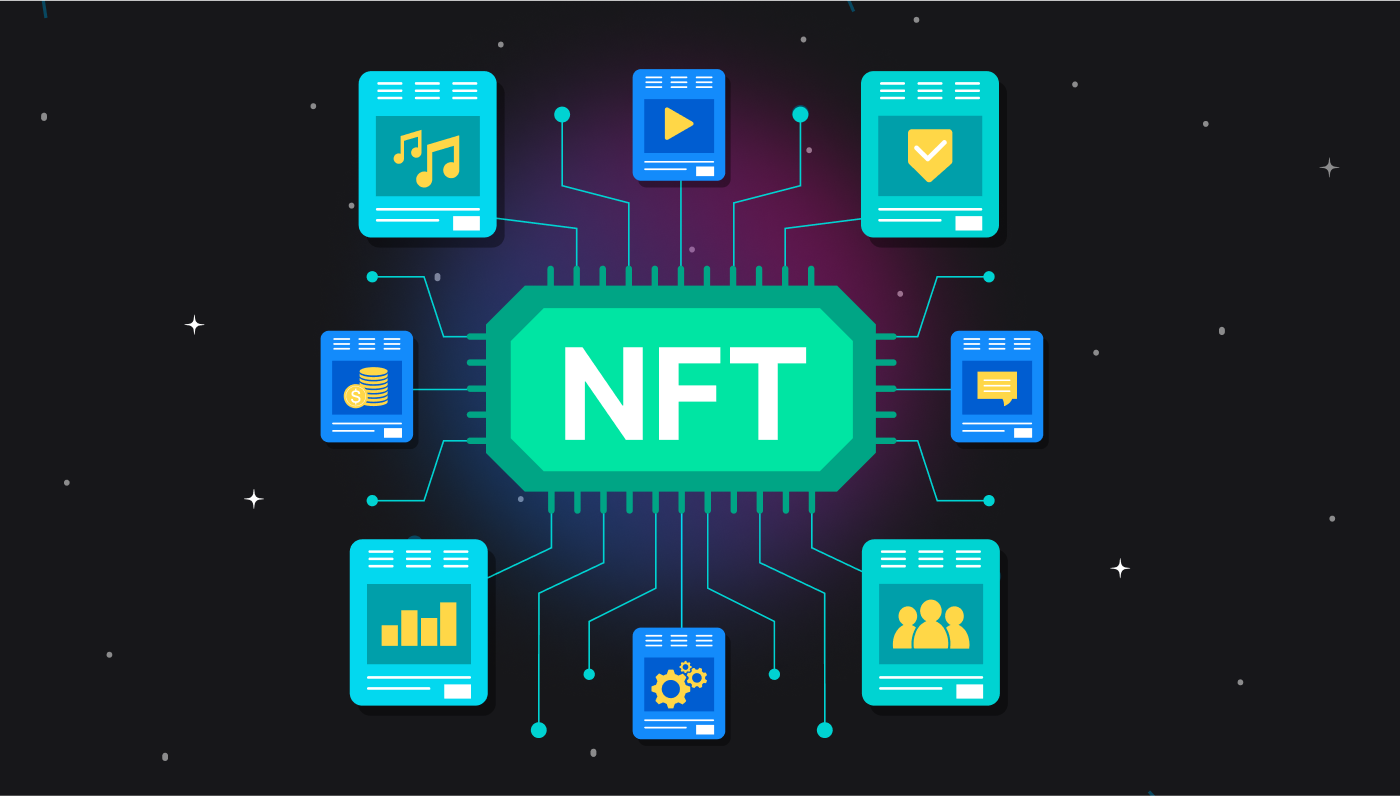
Greater Sustainability
Web3 has come under fire for the negative impact of blockchain technology on the environment, due to its high energy consumption. Sustainability is a huge concern that will be driving much of the Web3 discussion in 2023, since Bitcoin mining uses more energy in a year than some entire countries. In response, Web3 is seeing new web-based innovations, like Regenerative Finance (ReFi). ReFi is a value estimate of natural assets, based on preservation, that aims to bring sustainability to the blockchain world, and is the result of the latest Web3 efforts, which use blockchain technology to fight climate change.

Generative AI
Generative AI is a type of artificial intelligence used to generate all types of content, from videos and digital images to text and audio. Within the sphere of Web3, AI is being used in the creation of metaverse immersive 3D environment design and in-world objects; blockchain gaming story writing, character modeling, and in-game asset creation; the generation of art NFTs, as well as code creation and debugging, to name a few. AI is also of value not just in the creation of content but in streamlining development processes for the creation of dApps and ensuring an ever-improving user experience.

Here at AiStakes, our AI-based algorithmic trading bot, ALGOS combines our own proprietary algorithms with generative AI models to trade on behalf of our clients. Getting smarter as it goes, ALGOS is secure, efficient, and reliable, using a huge cross-section of market data, from a vast range of web-based sources, to generate proven, industry-leading profits.
To learn more about blockchain technologies, AI, and the global markets, check out the AiStakes blog today.
